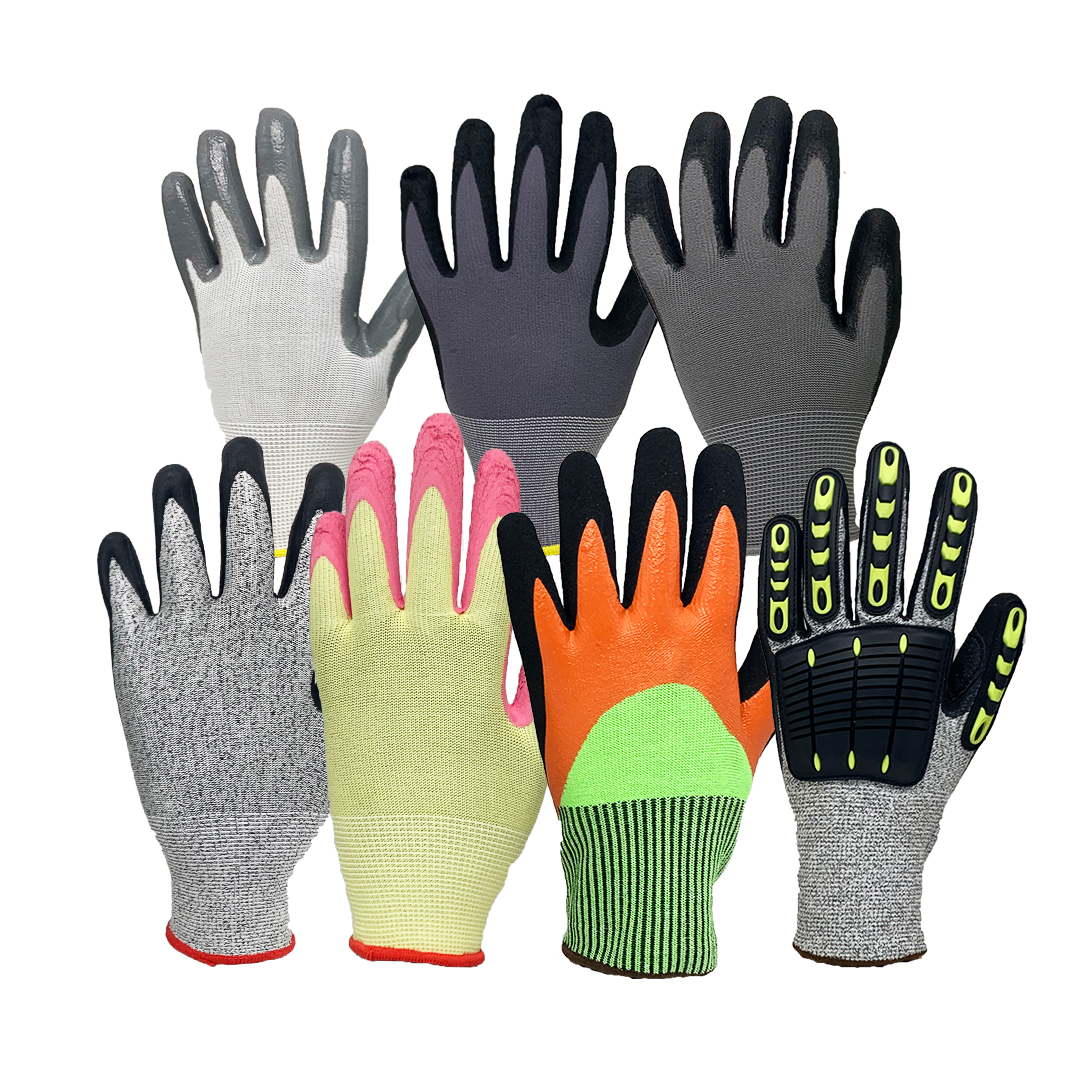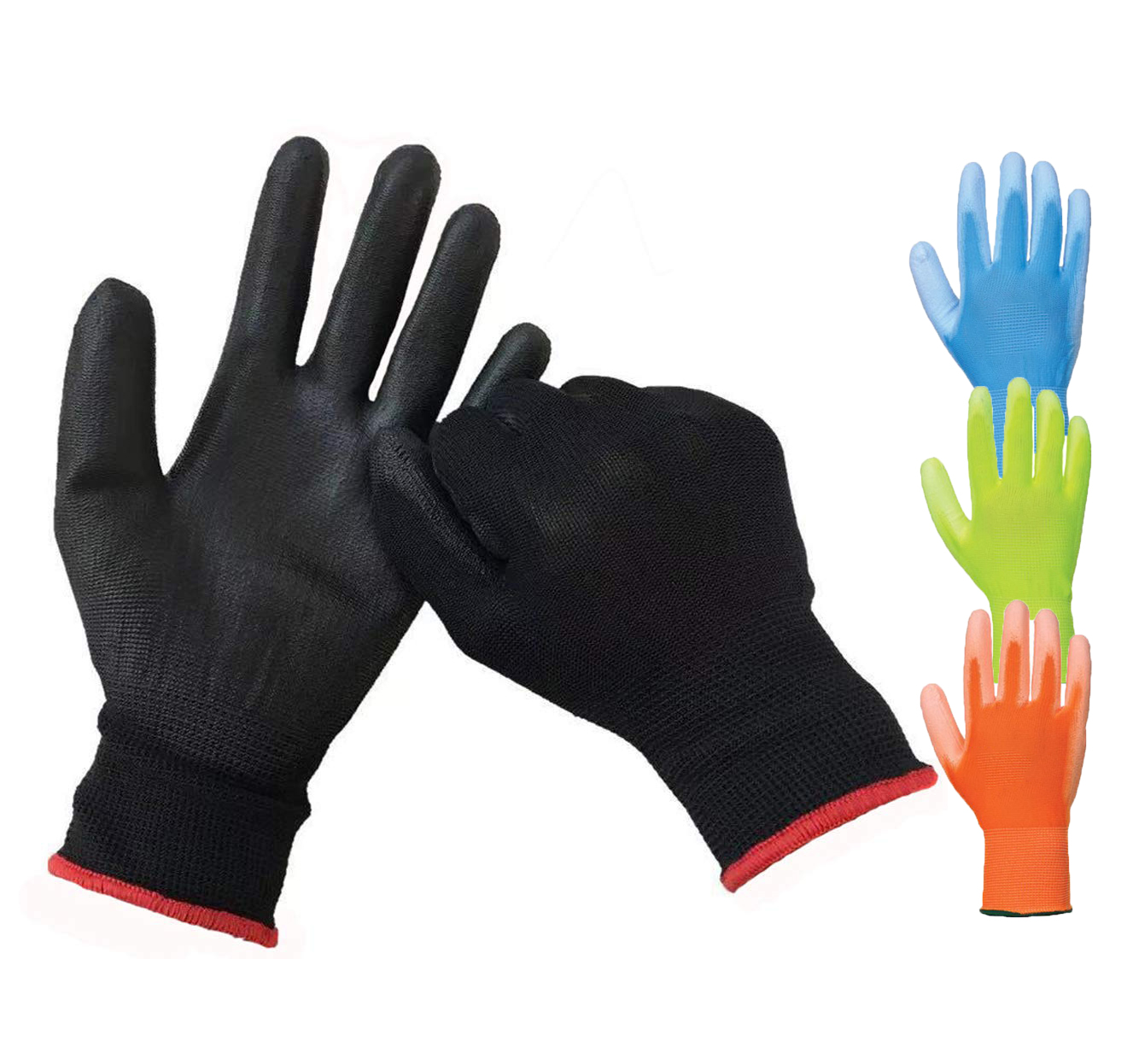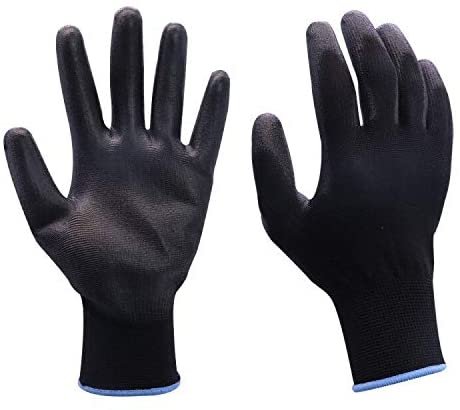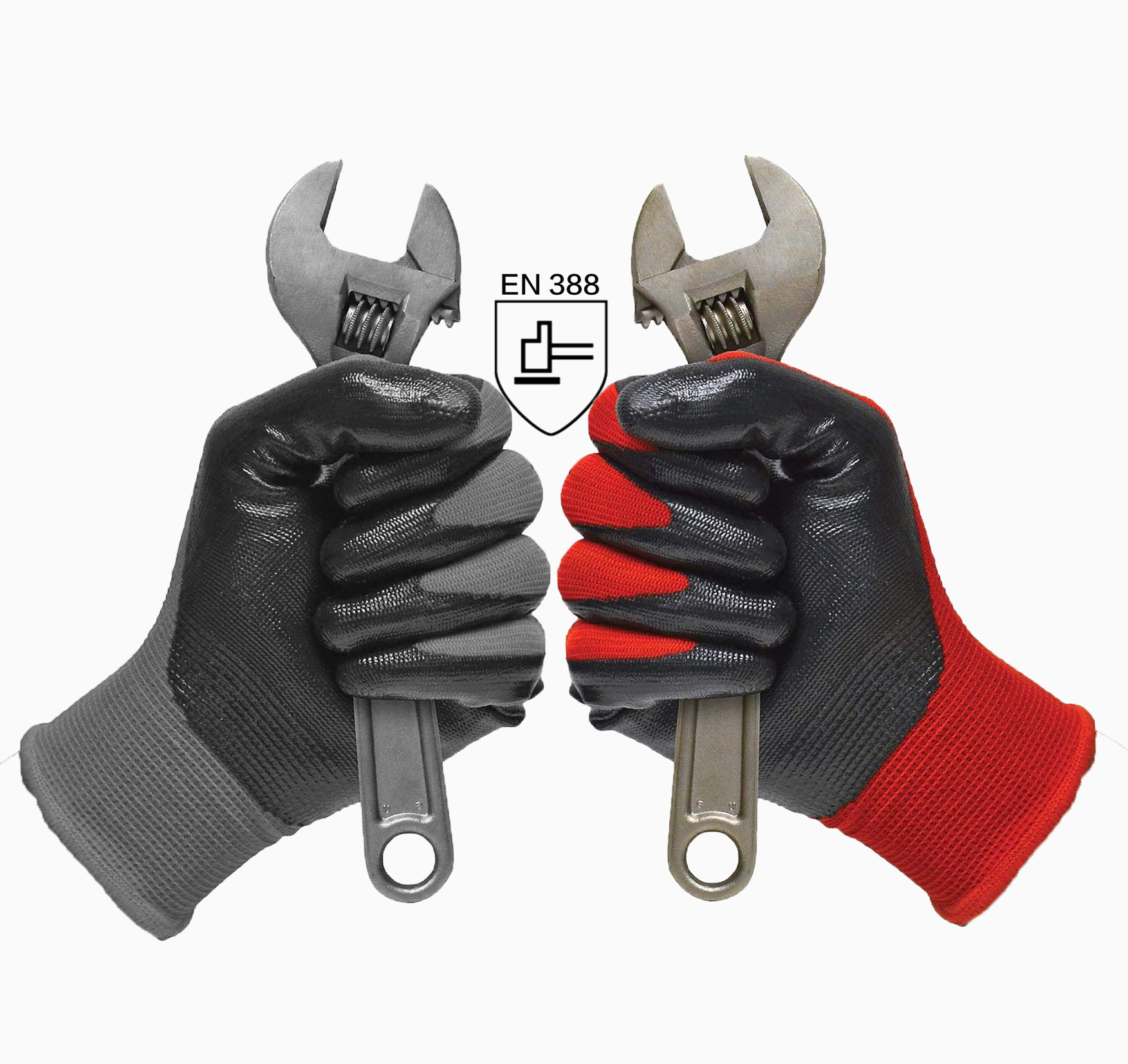EN 420 is the hallmark of any decent safety glove. It's the basic standard, something that a disposable glove in the medical industry will be certified to in the same way as a cut 5 glove for manufacturing glass or a heat resistant glove for soldering. EN 420 covers both Disposable Single Use Gloves and Reusable Gloves.
The point in EN 420 is that it proves that the gloves will not be a harm to the user and that the gloves are comfortable to wear, something that when passed, will allow the gloves to be tested to EN 388, EN 374, EN 455 and other glove standards. EN 420 covers quite a bit of scope, with the main areas coming under:
The first test is innocuousness, which ensures that the gloves will be comfortable, will fit, and will not damage the wearer.
Glove Length and Glove Size:
The length of a glove is measured by suspending it from the middle finger and by placing a ruler inside the glove to remove any creases. The glove is then fitted onto a model hand that has the same dimensions as those that the glove is intended to fit, the purpose being to ensure that all gloves have a standardised size. Measurements can be found below:
Standardised Glove Size (mm)
| Hands Size | Palm Circumference | Hand Length |
|---|---|---|
| Size 6 (Extra Small) | 152mm | 160mm |
| Size 7 (Small) | 178mm | 171mm |
| Size 8 (Medium) | 203mm | 182mm |
| Size 9 (Large | 229mm | 192mm |
| Size 10 (Extra Large) | 254mm | 204mm |
| Size 11 (XX-Large) | 279mm | 215mm |
Standardised Glove Length (mm)
| Size | Minimum Glove Length |
|---|---|
| Size 6 (Extra Small) | 220mm |
| Size 7 (Small) | 230mm |
| Size 8 (Medium) | 240mm |
| Size 9 (Large) | 250mm |
| Size 10 (Extra Large) | 260mm |
| Size 11 (XX-Large) | 270mm |
If a glove is electrostatic or resistant to water vapour, then the gloves must undergo further testing.
On either the packaging or instructions, you can expect to find certain information. This will include:
Finally, all gloves that have been certified to EN 420 must include the EN 420 symbol. This will be on the back of the gloves and on the packaging. The symbol can be identified below:

The EN 420 symbol that must be placed on the back of all EN 420 certified gloves
The main point to remember is that all EN 420 gloves must meet the above standards for it to be tested to heat, cold, cut and more.



